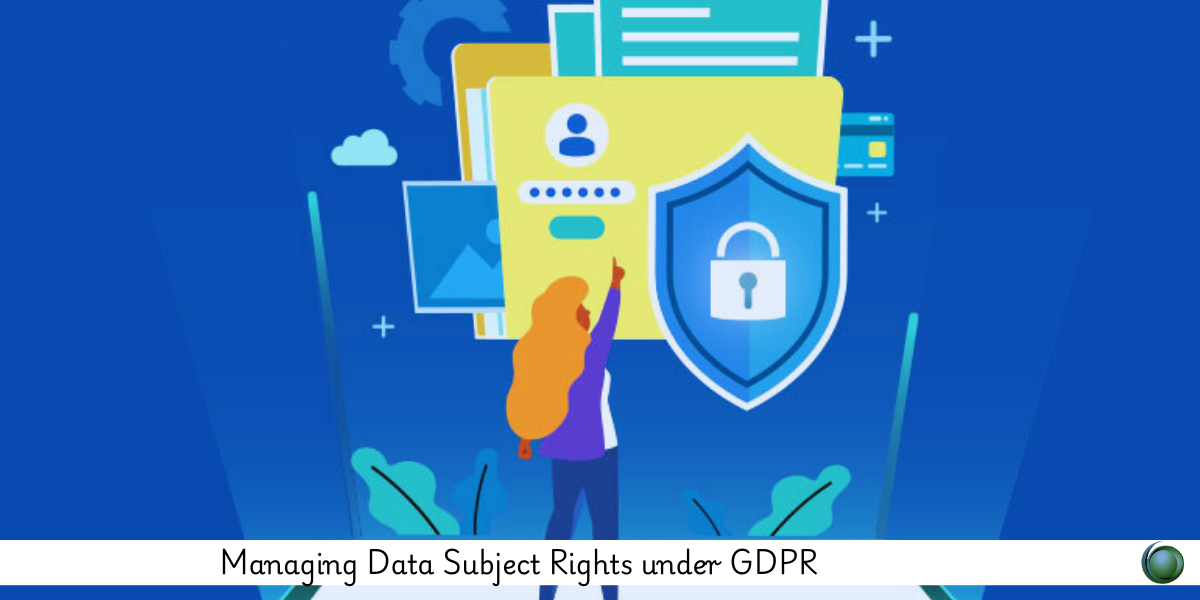Description
Introduction
At the heart of the General Data Protection Regulation (GDPR) lies the empowerment of individuals through a set of clearly defined data subject rights. These rights ensure that people can access, control, and request action on the personal data that organizations hold about them. For companies, this presents both a legal obligation and an operational challenge: to respond transparently, accurately, and in a timely manner.
This course explores each of the data subject rights in depth, how to manage requests effectively, and how to embed rights management within privacy operations.
Prerequisites
-
Basic understanding of GDPR concepts
-
Familiarity with personal data processing operations
-
Experience in compliance, legal, data privacy, or IT roles
Table of Contents
1. Introduction to Data Subject Rights
1.1 Purpose and Legal Basis of Rights
1.2 Key Articles and Recitals in GDPR
1.3 Importance of Rights Management for Compliance
2. The Core Data Subject Rights under GDPR
2.1 Right to Access (Art. 15)
2.2 Right to Rectification (Art. 16)
2.3 Right to Erasure (“Right to be Forgotten”, Art. 17)
2.4 Right to Restriction of Processing (Art. 18)
2.5 Right to Data Portability (Art. 20)
2.6 Right to Object to Processing (Art. 21)
2.7 Rights related to Automated Decision-Making (Art. 22)
3. Managing Data Subject Access Requests (DSARs)
3.1 What Constitutes a Valid DSAR
3.2 Verifying Identity and Validating Requests
3.3 Handling Timeframes and Exceptions (30-day Rule)
3.4 Tools for Automating DSAR Management
3.5 Communication Best Practices
4. Challenges and Considerations
4.1 Handling Excessive or Unfounded Requests
4.2 Locating and Aggregating Dispersed Data
4.3 Managing Third-Party Data in Responses
4.4 Balancing Transparency with Security
5. Operationalizing Rights Management
5.1 Creating Internal Policies and Playbooks
5.2 Staff Training and Role Assignments
5.3 Using Data Mapping and Record of Processing Activities (RoPA)
5.4 Integrating Rights Workflows with IT and CRM Systems
6. Accountability and Documentation
6.1 Keeping Logs and Response Records
6.2 Demonstrating Compliance to Regulators
6.3 Periodic Reviews and Audits
7. Case Studies and Best Practices
7.1 Examples from Controllers and Processors
7.2 Lessons Learned from GDPR Enforcement Actions
7.3 Best-In-Class Privacy Experience Models
Managing data subject rights under GDPR is more than just a compliance requirement—it’s a fundamental shift in how individuals interact with organizations regarding their personal data. Each right—from access and rectification to objection and erasure—represents a promise of control and transparency. For organizations, fulfilling these promises demands operational readiness, effective communication, and technological integration.
The most successful GDPR-compliant organizations embed rights management into their everyday processes. They empower frontline staff, invest in DSAR automation tools, and document every request and response meticulously. Moreover, they recognize that the user experience during a DSAR process is an extension of their brand’s trustworthiness and ethical stance.
As regulatory scrutiny increases and individuals become more aware of their rights, the ability to manage data subject requests efficiently and respectfully will become a defining factor in an organization’s privacy posture. This course equips privacy teams with the practical skills and strategic insight to ensure that rights are respected and upheld—not just legally, but ethically and meaningfully.







Reviews
There are no reviews yet.